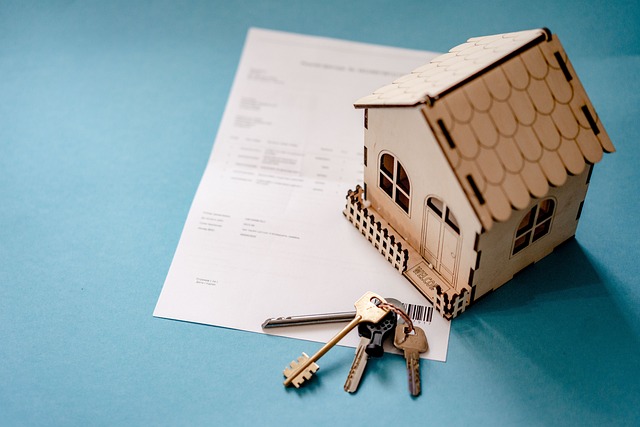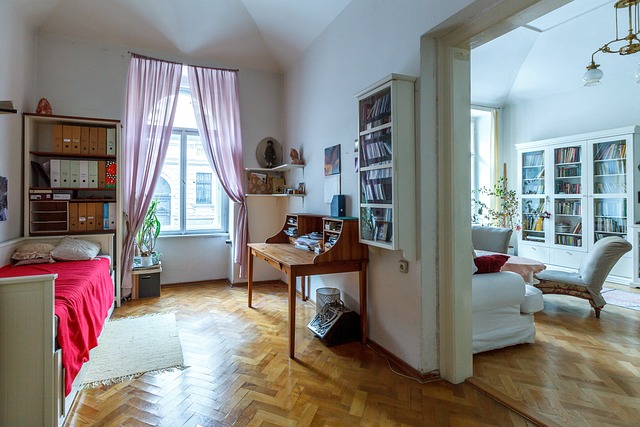- Market Overview: Understanding the Evolution of Executive Condominium (EC) Pricing
- Factors Influencing EC Prices: Location, Age, and Development Status
- Historical Price Trends: A Decade of Executive Condominium Values in Singapore
- Predictive Analysis for Future EC Prices: Trends and Market Dynamics
Market Overview: Understanding the Evolution of Executive Condominium (EC) Pricing

Factors Influencing EC Prices: Location, Age, and Development Status

In recent years, the prices of Executive Condominiums (ECs) in Singapore have been influenced by a variety of factors, chief among them being location. Proximity to amenities such as shopping centers, schools, and public transportation plays a pivotal role in determining property values. ECs situated in well-connected areas with easy access to the city or major business hubs tend to command higher prices due to their convenience and desirability. Additionally, the age of an EC can significantly impact its market value. Newer developments often come equipped with modern facilities and amenities that cater to contemporary living standards, which can drive up prices. Conversely, older ECs may face depreciation if they lack recent renovations or fail to meet current lifestyle expectations. The development status of an Executive Condominium also affects its pricing. An EC in the process of being developed may be priced higher due to anticipation of its completion and the potential for increased property value. Conversely, ECs that have been fully completed and are well-established within their community might see a stabilization or even reduction in price, offering potential buyers more competitive rates while still maintaining a high standard of living. Understanding these factors is crucial for investors and buyers alike when considering the purchase of an Executive Condominium in Singapore’s dynamic property market.
Historical Price Trends: A Decade of Executive Condominium Values in Singapore

Over the past decade, the Executive Condominium (EC) market in Singapore has exhibited a dynamic range of price trends that reflect broader economic and real estate conditions. Historical data indicates a general upward trajectory in EC prices, with fluctuations influenced by factors such as government policies, interest rates, and the overall demand for housing. The introduction of ECs as a housing option aimed at providing an alternative for middle-income families has seen these condominiums become increasingly popular, leading to competitive bidding and price increases in sought-after locations.
Analyzing the price trends of Singapore’s Executive Condominiums over the last ten years reveals a resilient property segment that has adapted to changing market dynamics. The early 2010s saw relatively stable prices with selective growth, followed by a surge in demand and a subsequent rise in average selling prices in the mid-2010s. This was partly due to the implementation of cooling measures which tightened loan-to-value ratios and total debt servicing ratios for private property purchases, steering buyers towards ECs as a more attractive option. The trend underscores the importance of monitoring government housing policies, as they have a significant impact on the price dynamics within the EC market.
Predictive Analysis for Future EC Prices: Trends and Market Dynamics

Singapore’s Executive Condominium (EC) market presents a dynamic landscape for real estate investors. Over the past decade, EC prices have been shaped by diverse factors including location, age, and development status, as detailed in this article. Historical trends indicate a pattern of growth that underscores their value as a housing and investment option within Singapore. Looking ahead, predictive analysis suggests that market dynamics will continue to influence EC pricing, making them an interesting segment for real estate investors keen on understanding future price movements. Prospective buyers and investors are advised to closely monitor these trends to make informed decisions in the EC market.


